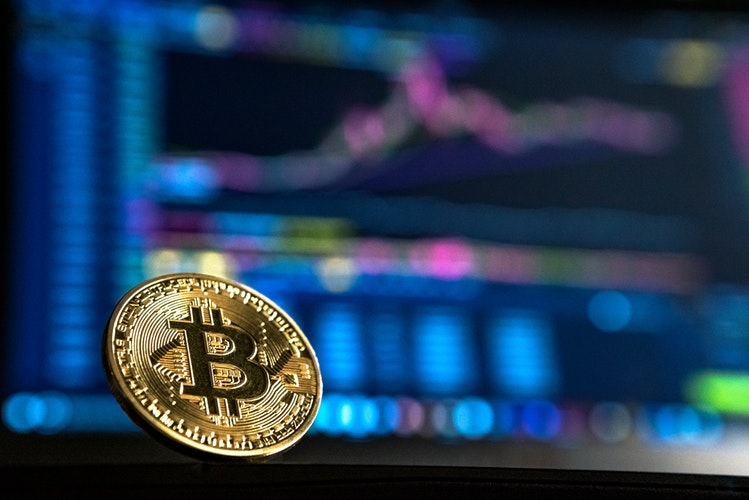Whether you’re looking to open a new trading platform or looking to expand your existing exchange, a variety of considerations are key to making the right choice. These include the type of assets you’ll be trading, the trading fees, and the KYC/AML modules.
Cryptocurrency exchange KYC
Whether you are an experienced trader or just want to buy and sell crypto, Know Your Customer (KYC) is an important procedure to follow. It helps identify suspicious behavior, prevent fraud, and protect your wallet from criminals and scammers.
Cryptocurrency exchanges use KYC to check that a user is legitimate. While it isn’t perfect, the process can be quick and easy. The process may include a background check and submission of personal information. Some exchanges will also ask users to provide a photo of a government-issued ID, such as a passport or driver’s license.
A risk assessment system used by some exchanges is a step in the right direction, but it’s not necessarily a solution to all of the issues surrounding KYC. It’s important to consider that these systems aren’t always effective, and that they can take a lot of time to run.
A lot of exchanges don’t require KYC, but a few, such as Coinbase, require it. They use a digital ID solution that uses biometric facial recognition and liveness detection to verify a user’s identity.
AML modules
Putting up a solid Anti-Money Laundering program will keep your e-currency transactions and customer data secure. A well-designed program will also help you stay on the right side of the law by keeping you out of hot water.

There are a number of tools on the market that can help you sift through the noise to find the truly trustworthy information. One such tool is the Coinbase Fraud Prevention Suite, which uses modular APIs to make the task of detecting fraud more manageable. Its full end-to-end fraud prevention solution has reduced fraud rates by 70-90%. Using this tool, you can be confident that your data is safe from rogue employees and unscrupulous competitors.
The Coinbase Fraud Prevention Suite also boasts a robust set of AML modules that you can use to comply with the slew of regulations affecting the crypto space. From KYC to AML to smart contracts, the Coinbase Fraud Prevention Suite has you covered. Using the tool, you can easily meet all of your regulatory obligations while keeping your wallets secure.
Trading fees
Buying and selling crypto involves a number of fees. These fees range from the deposit fee, which costs you money when you transfer fiat currency into your crypto exchange account, to transaction fees. Some exchanges also charge for premium services. These fees vary by exchange and by crypto.
One of the most important factors to consider when choosing a crypto exchange https://www.bybit.com/en-US/ is the fee structure. This can be a major factor in determining your final return.
The most popular fee structure for crypto exchanges is a tiered maker/taker fee system. These fees are based on trading volume. Traders who make more trades tend to have lower fees, while smaller traders tend to have higher fees.
The fee structure for crypto exchanges is often confusing. Many exchanges hide their fee structures in the fine print. In order to understand the fee structure at a given exchange, you’ll need to read the fee schedule carefully. Some exchanges charge a deposit fee, while others charge a per-transaction fee.

Asset classes supported
Several asset classes are supported by bitcoin and cryptocurrency exchanges. These include commodities, stocks, futures, and bonds. They are all designed to create a return on capital in the financial market. Some of them have less risk, while others can be more susceptible to scarcity.
The first digital asset to be widely adopted was bitcoin. It is a scarce commodity. Currently, it has a total supply of 21 million coins. Each quarter, half of this supply is mined. The rest is held in long-term cold storage.
Cryptocurrencies were considered a fringe asset class, but they are becoming increasingly mainstream. They are now being added to portfolios by both retail investors and institutional investors. These investors include family offices, asset managers, and corporates. These institutions have started buying directly from exchanges and through CME futures.
These institutions have also taken advantage of digital asset vehicles such as crypto native funds. These funds have grown in size and are adding crypto assets to their portfolios.



